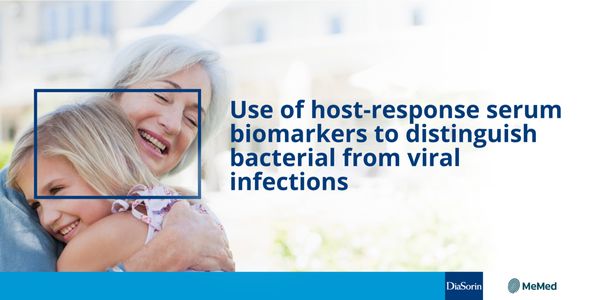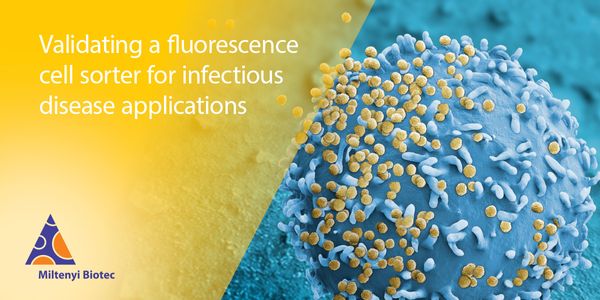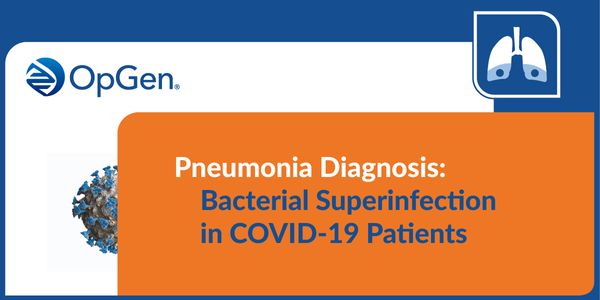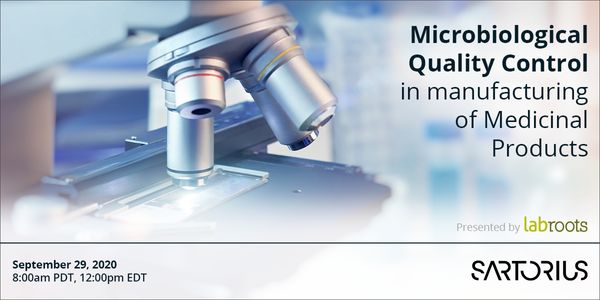Mycology
Mycology is the branch of biology concerned with the study of fungi, including their genetic and biochemical properties, their taxonomy and their use to humans as a source for tinder, medicine, food, and entheogens, as well as their dangers, such as toxicity or infection.
-
JUN 08, 2023 | 9:00 AMC.E. CREDITSIn the emergency department, distinguishing between bacterial and viral infections can be challenging, leading to inappropriate use of antibiotics that may contribute to the development of b...OCT 26, 2022 | 11:00 AMDate: October 26, 2022 Time: 7:00am (PDT), 10:00am (EDT), 4:00pm (CEST) To control and monitor the epidemiology and diffusion of the severe acute respiratory syndrome coronavirus 2 (SARS-CoV...SEP 29, 2022 | 6:00 AMDate: September 29, 2022 Time: 6:00am (PDT), 9:00am (EDT), 3:00pm (CET) The global burden of candidiasis remains relatively stable. However, the epidemiology of the last ten years shows a shi...There is much discussion by cannabis growers about the prevention of plant diseases, oftentimes circling back to the idea of curating a sterile cultivation system. However, keeping microbial...
NOV 17, 2021 | 7:00 AM
DATE: November 17, 2021 TIME: 7:00am PST, 10:00am EST, 4:00pm CET Filamentous fungi are historically known to be a rich reservoir of bioactive compounds that are applied in a myriad of field...
AUG 31, 2021 | 8:00 AM
Date: August 31, 2021 Time: 8:00am (PDT), 11:00am (EDT) Given its ability to isolate pathogens, nuclei, and immune cells for downstream applications, cell sorting is an essential tool for im...
Speaker:
Kaitlin Didier
, Megan Varnado
, Marissa Fahlberg
, Matt Riddle
, Elane Reyes-Aviles
Sponsored By: Miltenyi Biotec
MAY 11, 2021 | 10:00 AM
Date: May 11, 2021 Time: 10:00zm PDT Your samples are some of the most valuable assets in the laboratory. After spending countless hours on extraction and preparation, your conclusions could...
Speaker:
Paulina Kocjan
, Kate Meola
, Zareh Zurabyan
APR 08, 2021 | 11:00 AM
Date: April 8, 2021 Time: 11:00am (PDT), 3:00pm (EDT) Pneumonia is a deadly condition with clinical outcomes highly dependent on prompt and appropriate therapy. Diagnosis of pneumonia is cha...
FEB 24, 2021 | 10:00 AM
DATE: February 24, 2021 TIME: 10am PST Automated lab instruments such as liquid handlers and cell sorters are increasingly common in all types of laboratories, driving fast results for labor...
SEP 29, 2020 | 8:00 AM
DATE: September 29, 2020 TIME: 8:00 am PDT There is a steady increase in FDA 483s related to microbiology. Though most are for sterile products, non-sterile and terminally sterilized product...
This presentation will discuss the use of the FDA EUA process to implement SARS-CoV-2 assays to address the COVID-19 pandemic. The use of a team-based approach, through an Incident Command s...
While global demand for food is expected to increase significantly (70% by 2050), the agricultural industry is suffering from a decline in soil fertility, the adverse effects of climate chan...
Speaker:
Brajesh Singh
While live cell imaging offers advantages over traditional static imaging, this approach has been challenging for studying microbes due to the difficulty in tracking very small cells in a si...
Speaker:
Cindy Chen, PhD
In Pacific Northwest watersheds several species of Pacific salmonid fishes are hosts for the rhabdovirus infectious hematopoietic necrosis virus (IHNV). In this multi-host ecosystem speciali...
In this webinar, we will present QIAGEN CLC Genomics Workbench and its utility for bacterial isolate identification, strain discrimination using core genome multi-locus typing (cgMLST) and d...
Speaker:
Jonathan Jacobs, PhD
Learning Objectives: 1. Understand the challenges of extracting DNA from human samples for microbiome analysis, and learn about the best technologies for accomplishing this 2. Learn about pr...
Speaker:
Dominic O'Neil, MS, MBA
Enigmatic and often vilified, viruses are now known to play important and possibly indispensable roles in the biology and ecology of cellular organisms. Evidence of viral impacts are everywh...
























